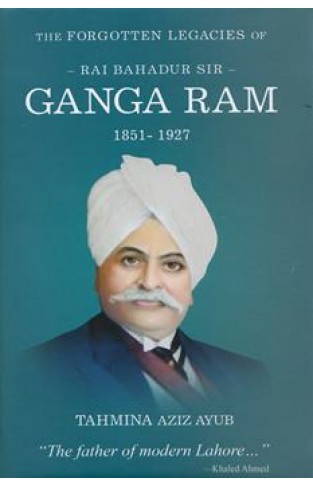THE FORGOTTEN LEGACIES OF GANGA RAM 1851 – 1927
THE FORGOTTEN LEGACIES OF GANGA RAM 1851 – 1927
By:
Publication Date:
Jan, 01 2022
Binding:
Hard Back
Availability :
In Stock
-
Rs 1,495.00
- Ex Tax :Rs 1,495.00
- Price in loyalty points :1495
Due to constant currency fluctuation, prices are subject to change with or without notice.



